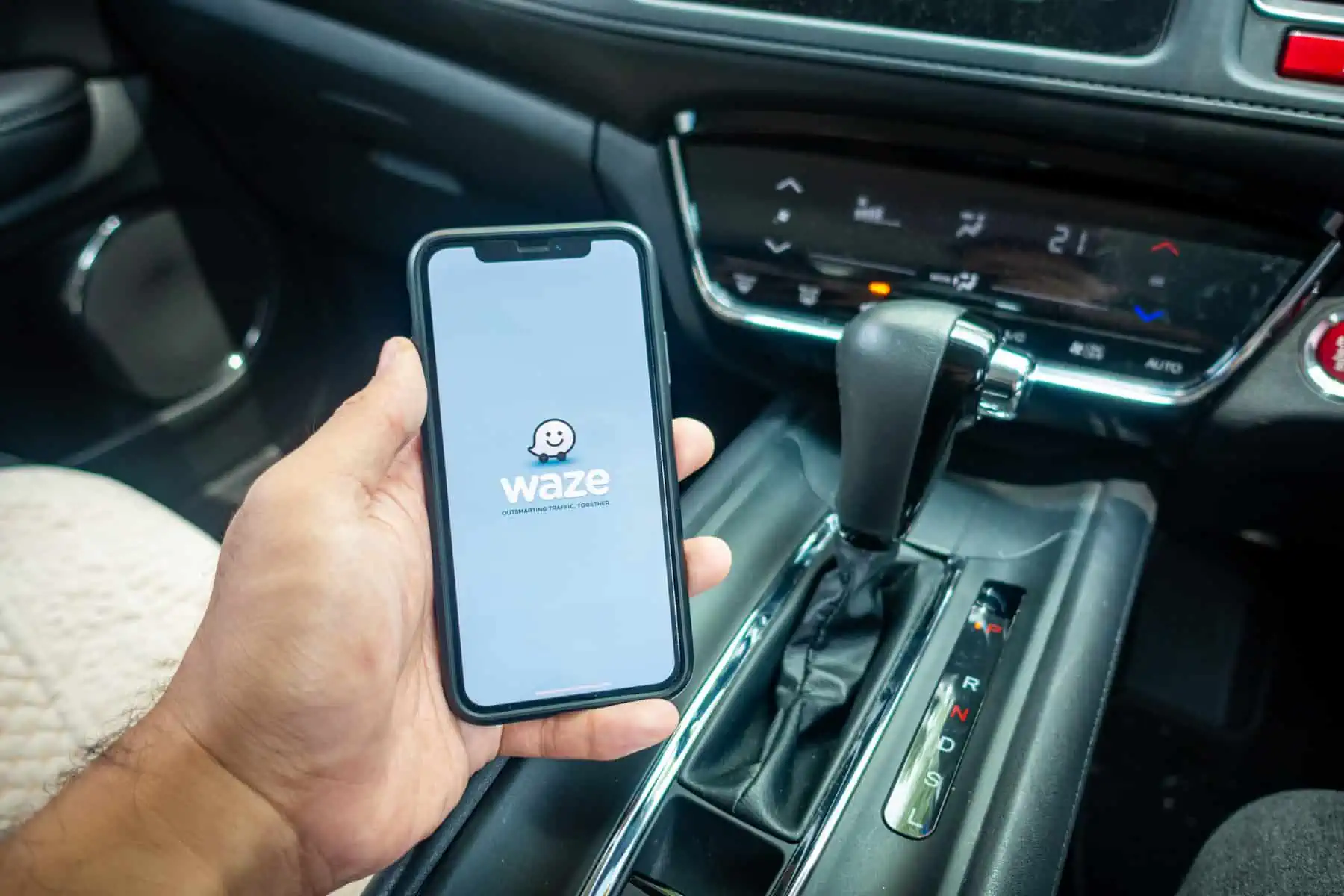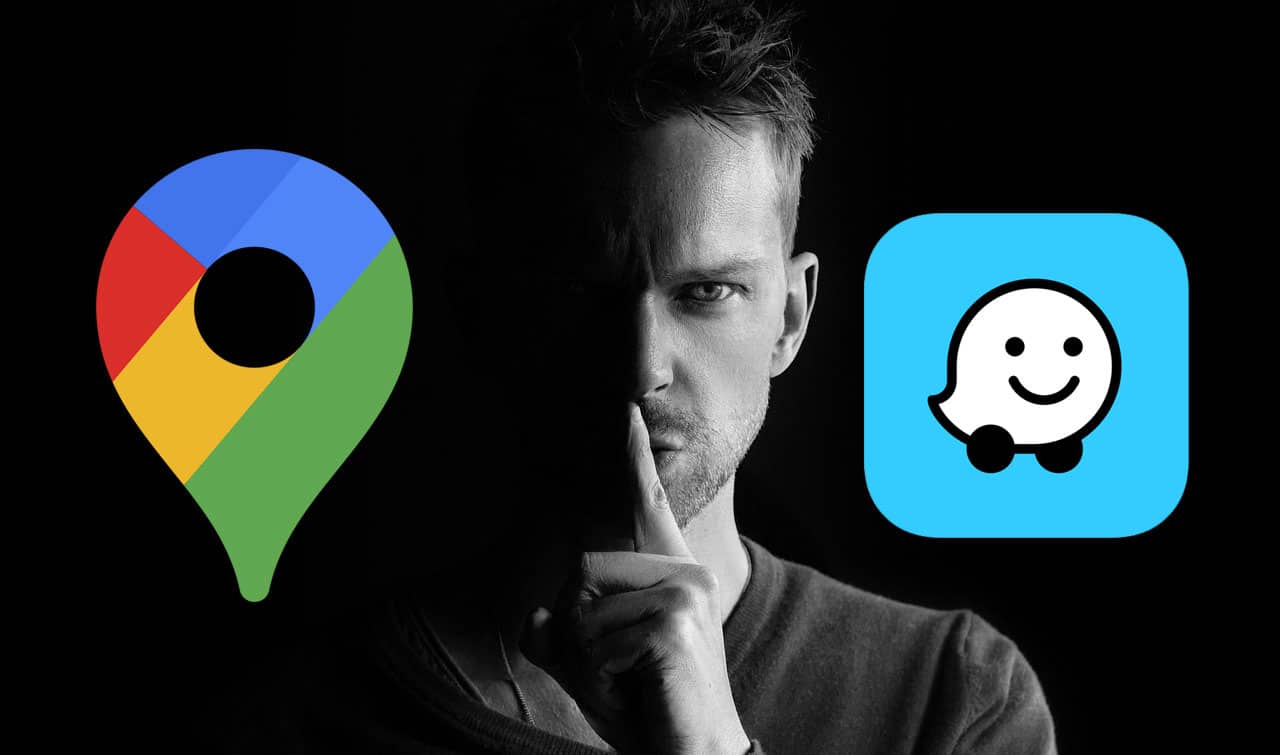Crowdsourcing is a great concept that works beautifully in navigation apps, and the folks at Waze know it well. In fact, Waze users contribute to the app’s massive repository of traffic data. This includes reports on the location of common hazards, such as accidents, broken traffic lights, speed cameras, or traffic jams. However, the app can use this data to generate warnings for other drivers, making the route more predictable and safer. Google Maps also includes a user-generated traffic information system, but this only includes certain types of information and is only available in limited areas. Now, a group of users has figured out a way to turn Google Maps into Waze.
They’ve figured out a way to turn Google Maps into Waze!
Users in Bengaluru, India have discovered a way to turn Google Maps into a Waze version of the app using landmarks. As someone on X (formerly Twitter) saw, local users have started adding new landmarks to Google Maps specifically to indicate where a police car is likely to be. Landmarks can be easily added to Google Maps via the “Add a missing location” option in the app.
Anyone who types “Police irthare, Nodkond hogi” into Google Maps in Bengaluru will see all the places where police officers usually park their cars and wait to fine violators. The phrase translates to “Beware of the police!”
Google Maps users have already added more than 10 such locations to the map. And the number continues to grow. Especially as this practice gains more visibility. However, Google may eventually remove pins from the map.
Waze would be a much easier way to warn of police on the side of the road. However, given that Google Maps is the main navigation app in the area, finding a way to warn others of police cars has become a priority for locals lately.
What if fashion spread?
It wouldn’t be a good idea, exactly. First, a pin on a map doesn’t guarantee that the police will always be in the same place. That’s because they could easily move to a location that isn’t pinned on Google Maps. However, just like anyone else, police officers can open Google Maps and check the pinned locations. This is so they can find a new location where catching traffic offenders is more effective.
Second, the practice is at least as controversial as reporting police on Waze. If criminals see where police are on a map, either through a traffic report or a map pin, they can avoid those locations by taking an alternate route. Alerting others to law enforcement locations can help dangerous criminals avoid checkpoints and ultimately escape when evading police.

“Hardcore alcohol maven. Hipster-friendly analyst. Introvert. Devoted social media advocate.”


